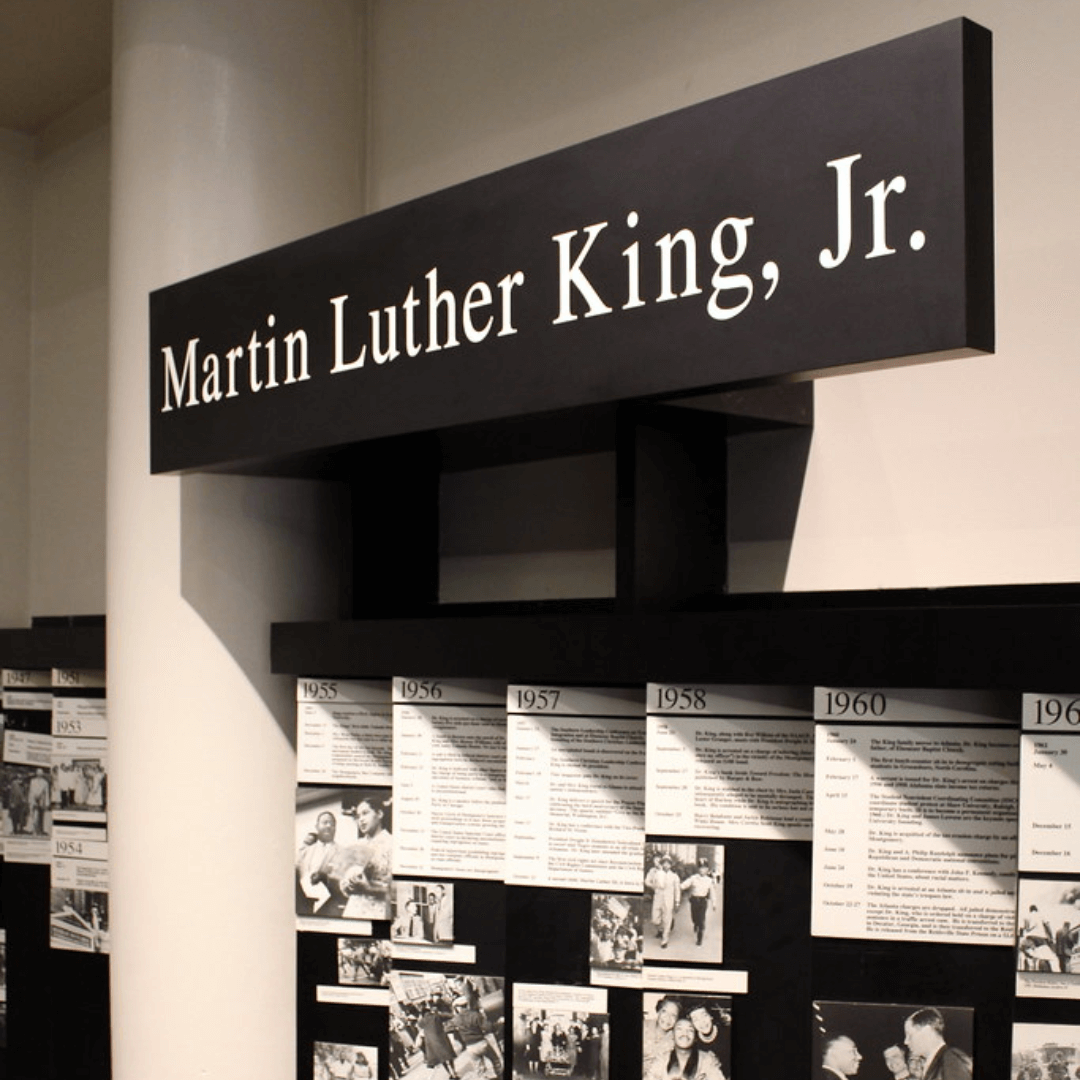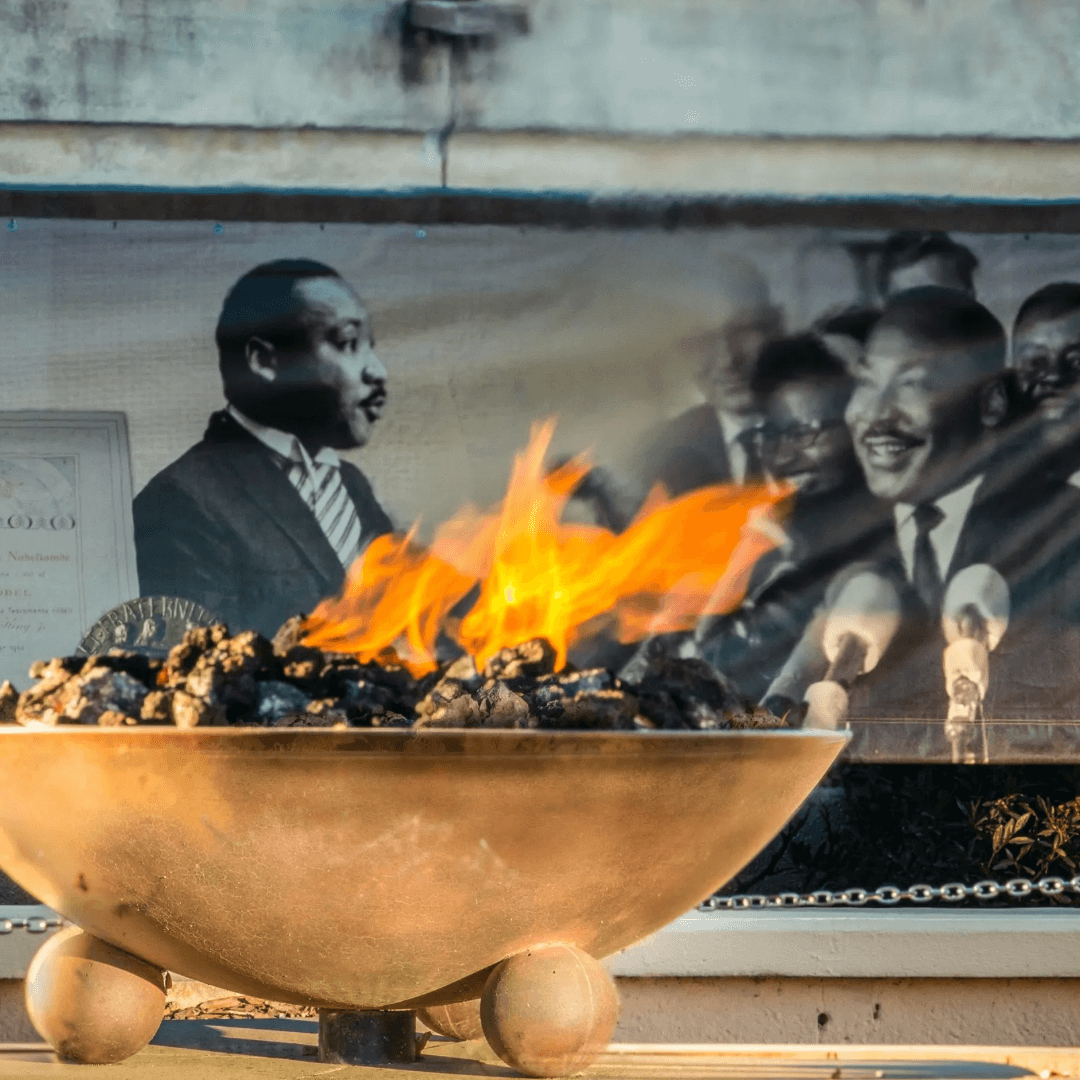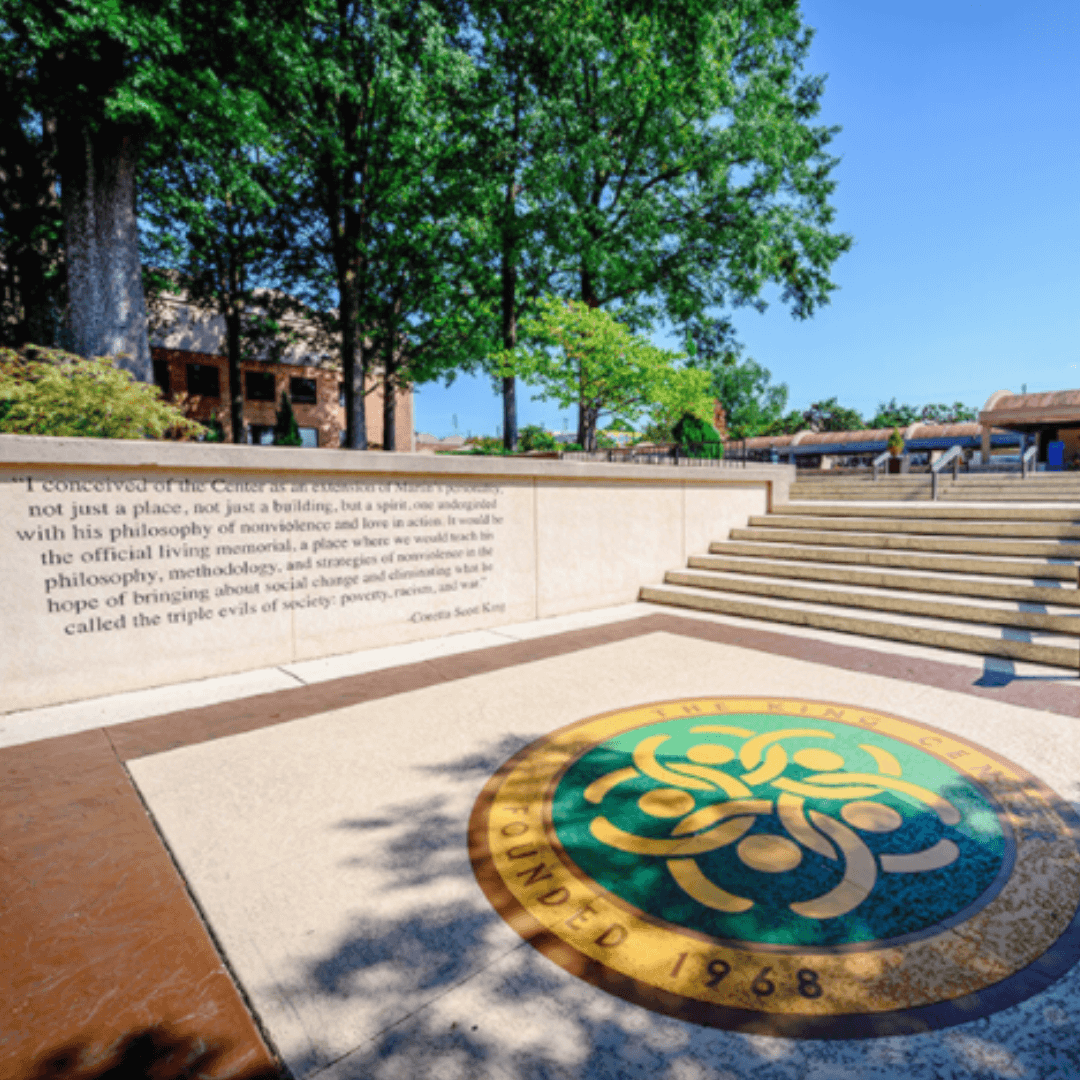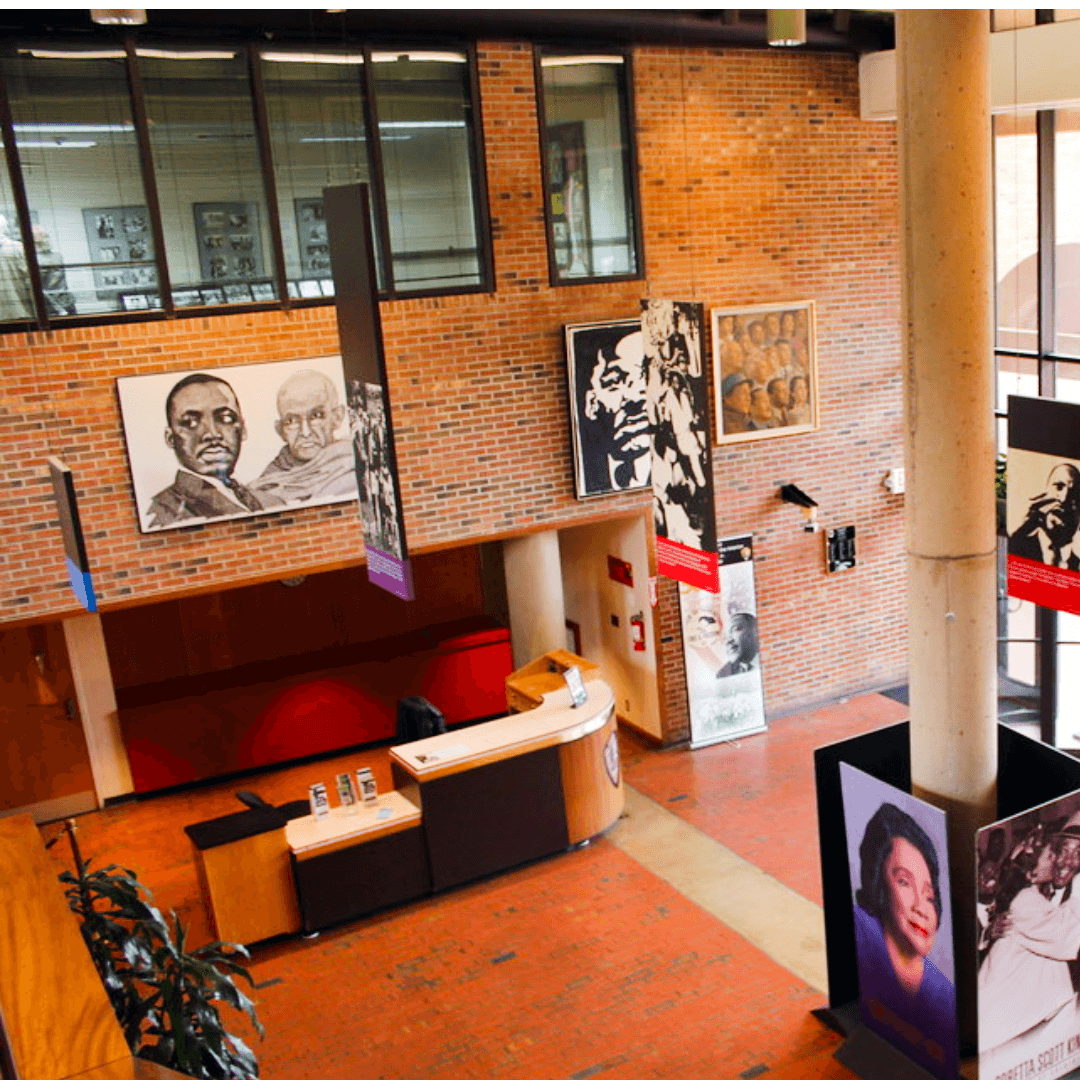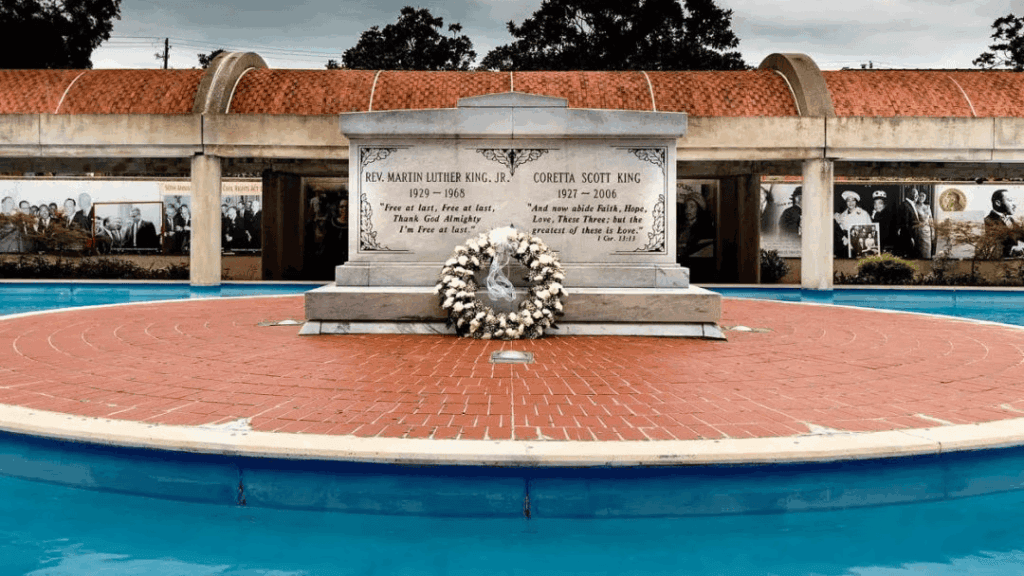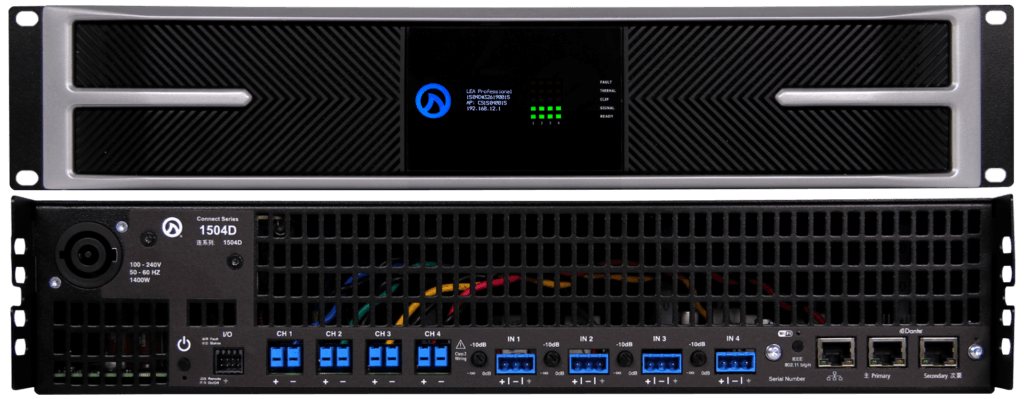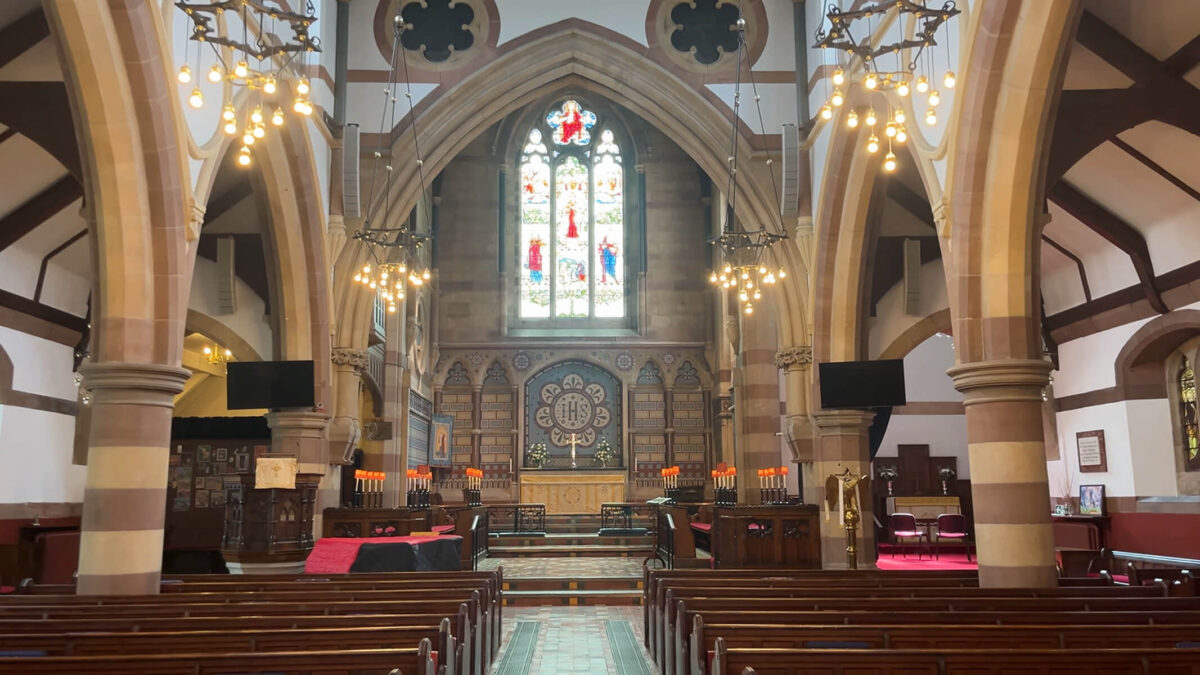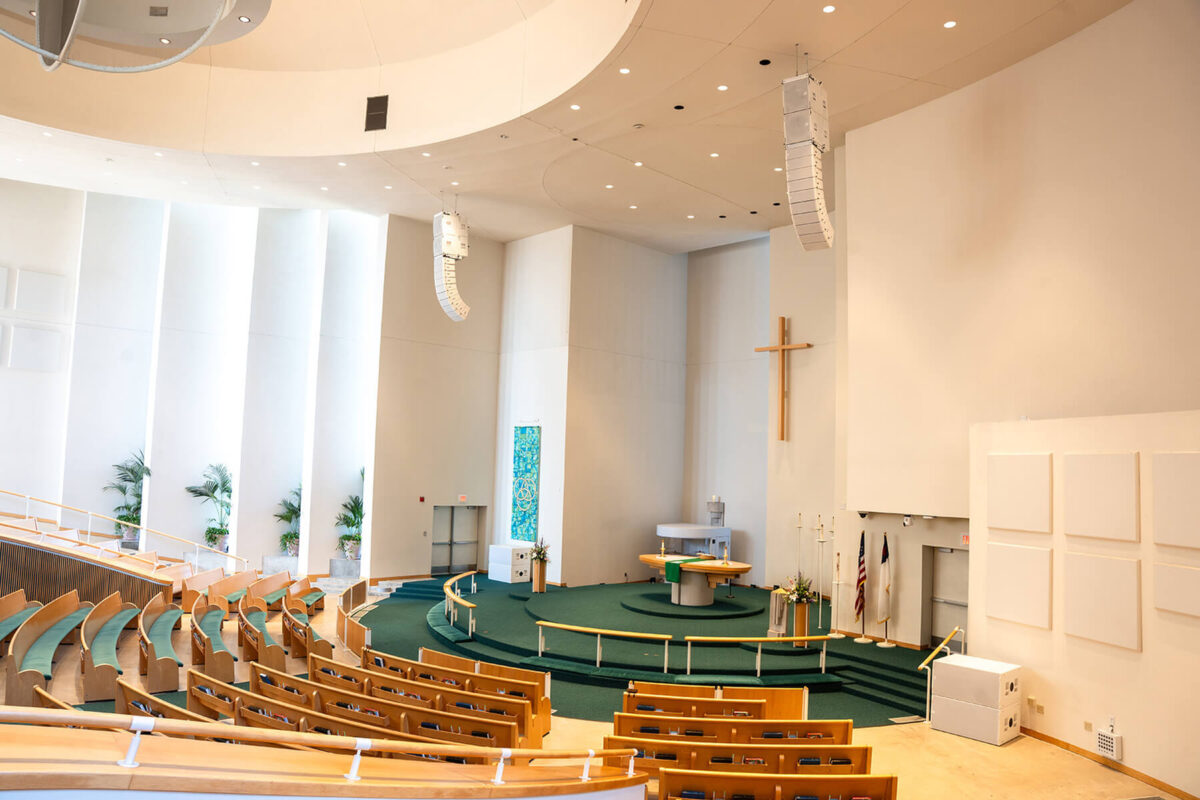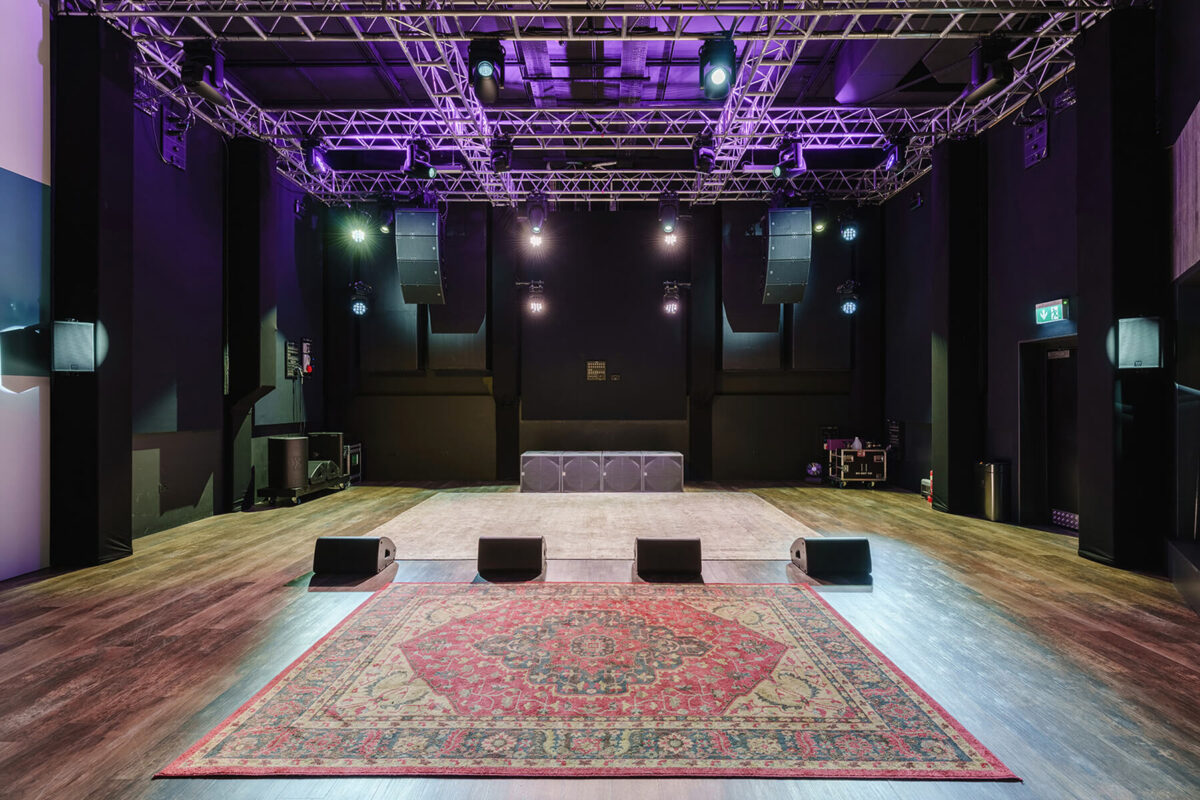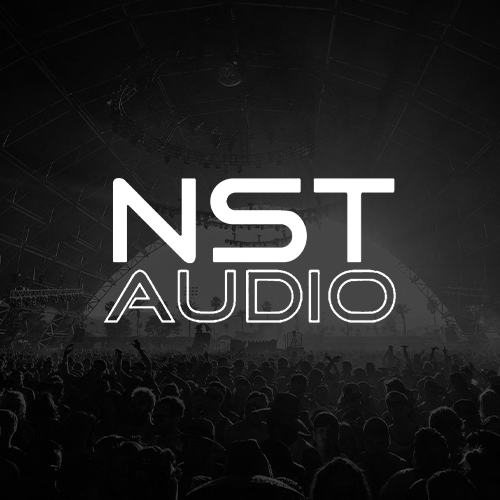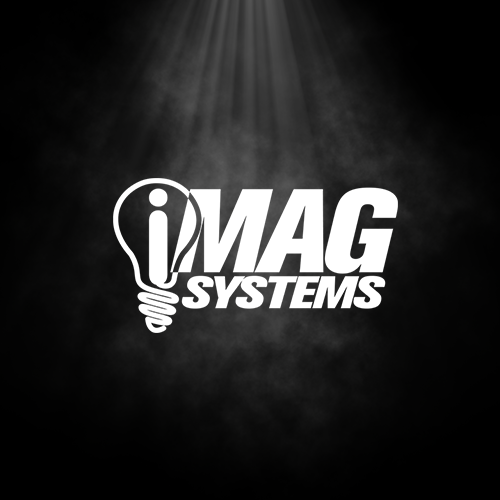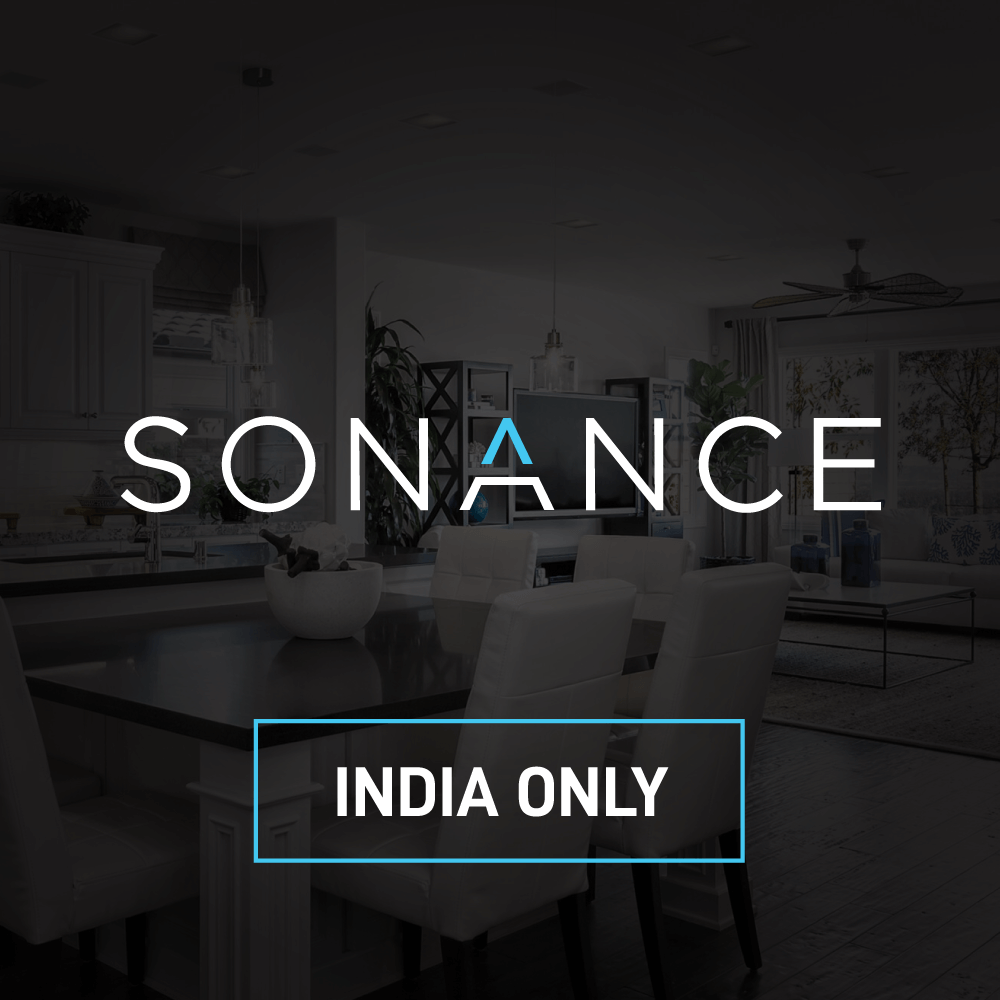USA – Situated in Ann Arbor, Michigan, Christ the King was initiated in 1981 as a Catholic ‘Charismatic Renewal’ church. Its current church building was dedicated in 2001 — and although it may be fairly new by church standards, the church was still operating off its original sound system, which was struggling to provide even coverage across three naves, fanning out from a central space.
“While they had some good seats, some were not so good in terms of coverage, and that was their main impetus for the upgrade,” stated Steve Newby, founder of family-owned AV systems integrator Annunciation Audio-Visual Services, who won a three-way competitive bid.
“While we’ve replaced the electronics a couple of times, and the operators were doing a fantastic job making it sound as good as possible, there was no getting away from the fact that an upgrade was necessary,” he said. This would require addressing the three spaces individually.
Considering all the coverage parameters, and the fact that houses of worship are inherently reverberant spaces, it was deemed necessary that a system with a higher degree of control was essential. As a result, Martin Audio’s smallest Wavefront Precision footprint, WPM, was installed in three L/C/R clusters of six elements in each, along with three SXC118 cardioid subwoofers. To safeguard against any holes in the frontfill coverage Annunciation specified four CDD10s and a pair of CDD8, and to complete the Martin Audio deployment have provided 24x C6.8T powerful ceiling speakers to “a funky underhung area” — essentially extensions of the left and right naves.
THE FEEDBACK HAS BEEN 100% POSITIVE, BOTH SOUND WISE AND AESTHETICALLY
Steve Newby’s confidence in specifying different Martin Audio series is based on his experience supplying largely Catholic churches with different solutions — including O-Line and CDD — in the 18 months since he first started using the brand. “Last year we got a trio of jobs which was perfect … and all three have been met with universal praise and satisfaction from the clients,” he said.
“I had experienced pattern consistency with all Martin Audio products,” he continued. “The lack of beaming was one thing, but also the way it actually sounded off axis. We care about that because off axis response will colour the room if it’s not relatively smooth. [With Martin Audio] you can be 90° off axis and know there’s nothing bouncing off the wall that’s likely to destroy the coverage area.
“We’re also very comfortable with DSP optimisation and what it can and can’t do. The fact that both O-Line and WPM integrate this control with the digital steering was very appealing conceptually to me — in my opinion, having the best of both worlds is fantastic.”
Once again, the systems have blended well at Ann Arbor he said. “The voicing between these three different series in the Martin catalogue was all very consistent and we achieved seat to seat consistency very well.”
Newby rationalised that foremost in a reverberant space was “control and granularity.” Explaining the choice of the smaller WPM over a larger format, he said, “Better to have the less expensive box, and use more of them, to focus on control. Having individual amplifier and processing per speaker within a 6-box array made more sense as it was more efficient. We wanted to maximise that, as there were surfaces we needed to avoid.”
The choice of the SXC118 cardioid subs was also axiomatic. These are attached to the ceiling structure, 40ft in the air, and like all enclosures, are finished in white.
The design of the arrays was carried out in Martin Audio’s DISPLAY software. The 3D visualisation model translated exactly into real life, “and we quickly noticed that the sanctuary was the same volume as halfway back in the church.”
Assistant Director of Worship, Adam Plomaritas, who had originally introduced Annunciation AV to the project, stated in summary, “I’ve been a part of several sound changes over the years, and this is the first time the feedback has been 100% positive, both sound wise and aesthetically. There hasn’t been a single negative response.”
Click here for original article.

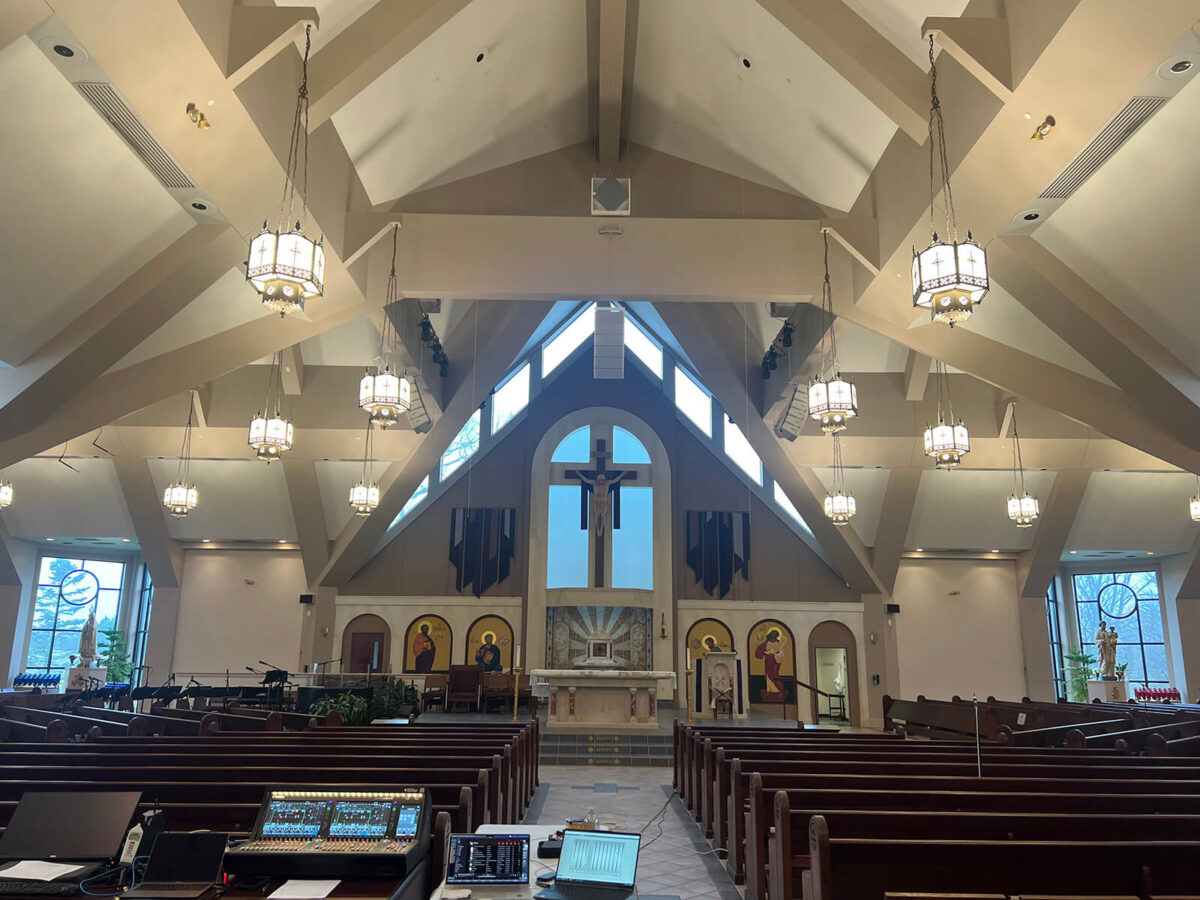
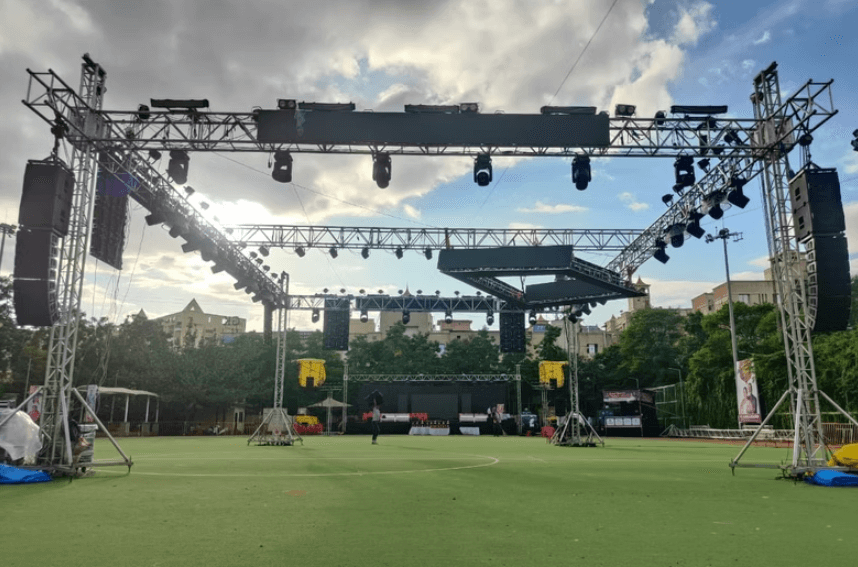
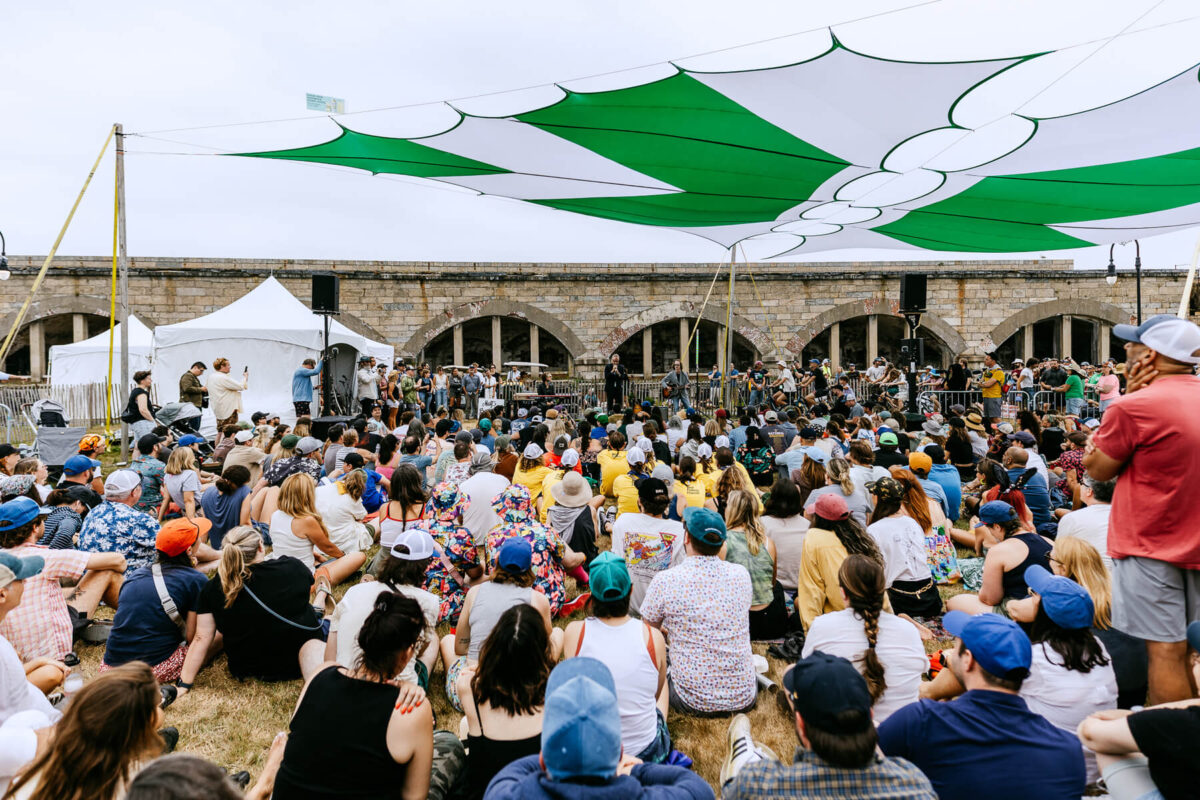
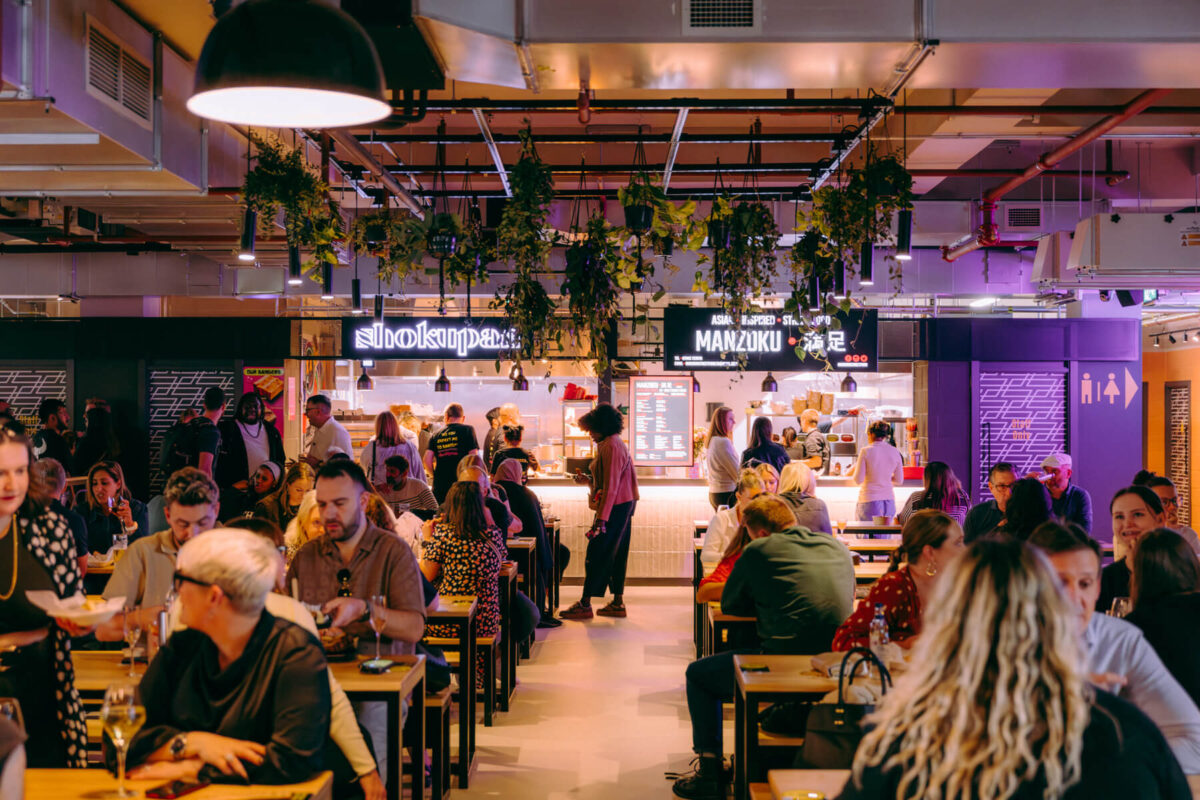
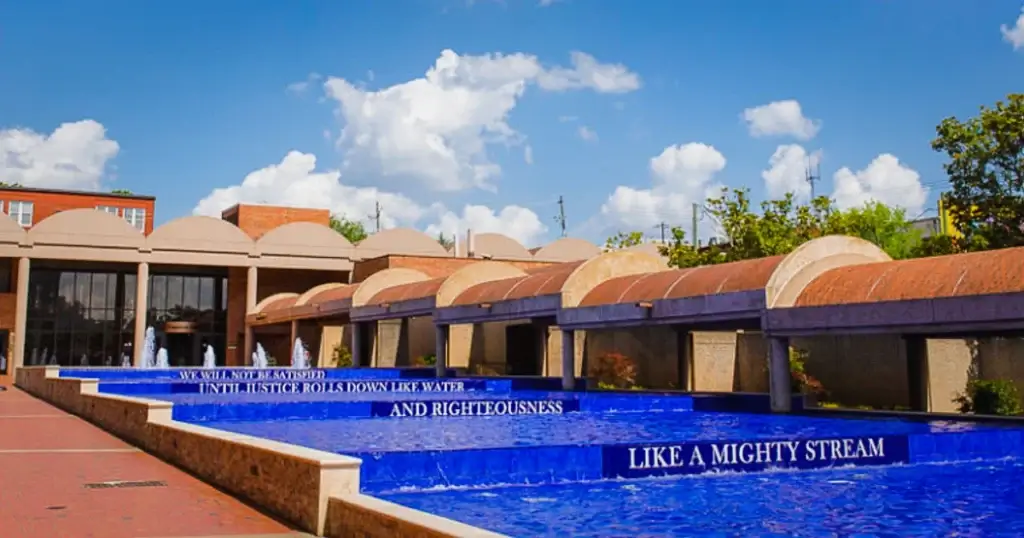
 Integrators:
Integrators:  Audio Spaces: Entire Venue
Audio Spaces: Entire Venue